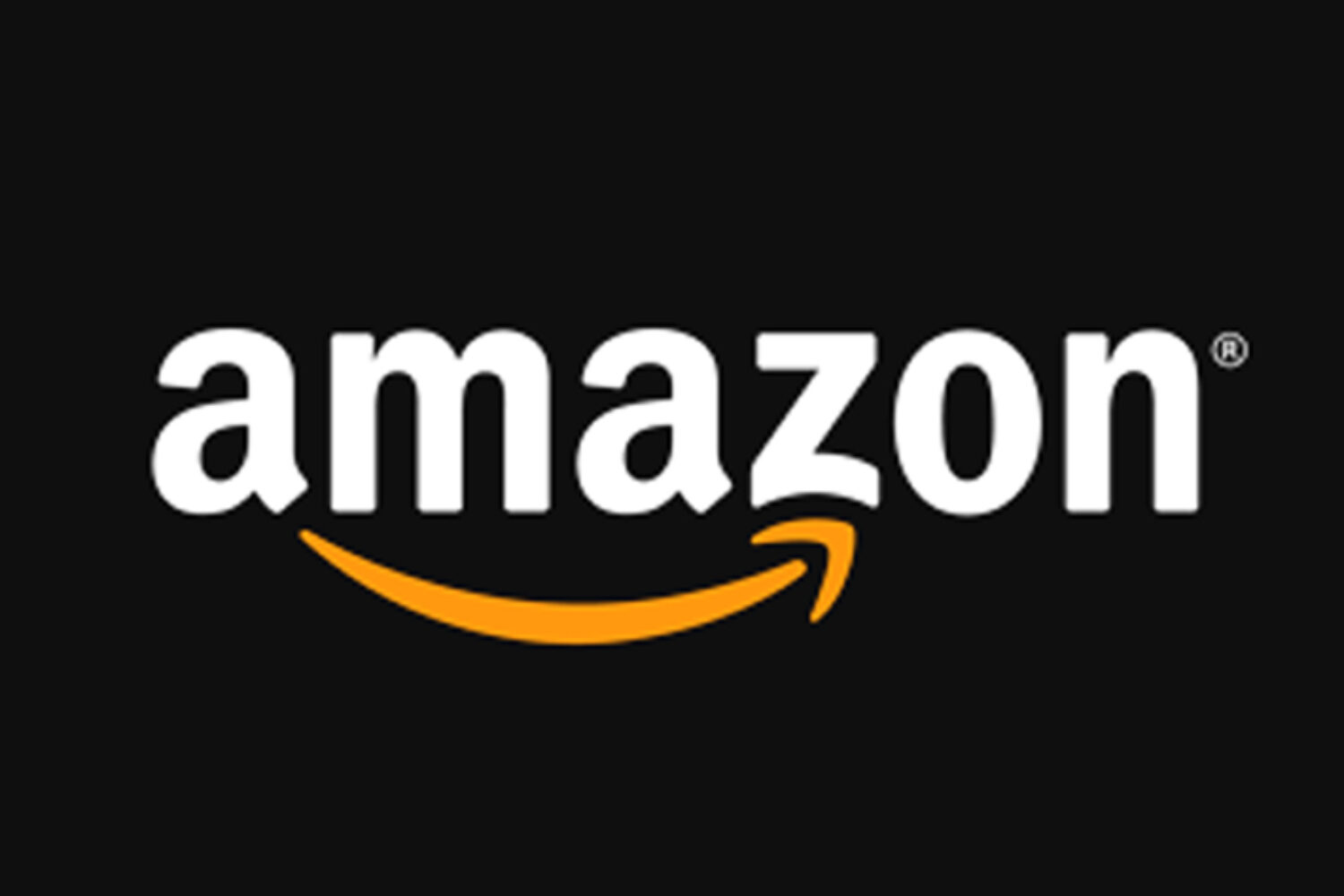You’re almost certainly aware that Amazon has had one of the fastest growths in internet history and become a worldwide superbrand – the digital equivalent of Coca-Cola. Amazon is essentially one of the first and most successful Big Data companies, in that it has used its technology to extract meaning from its huge data resources and above all act on the insights that the data makes available.
The Amazon brand is its technology and it seeks to position itself as ‘the world’s most customer-centric company.’ Features such as ‘Recommendations’ and ‘Customers Who Bought This Item Also Bought’ have become paradigms for online commerce as well as the Amazon one-click and buying process. To trust the Amazon brand is to trust its technology.
To trust the Amazon brand is to trust its technology.
Amazon is of course the paradigm for online consumer delivery. I recently berated a bungling office furniture company for failing to deliver in a specific timeframe as, like you I’m sure, I’ve become so used to the Amazon process that anything less seems so much inferior.
Amazon customer service is essentially software driven and even if Amazon employees are not located in plush surroundings – we’ve all heard the stories of how they use doors for desks – the key point of Amazon service is that it normally just works seamlessly.
Core to the Amazon business, and therefore the brand, is the idea of the Digital Engine ‘a digital lever providing a significant advantage to outperform one’s competitors’
Amazon’s Jeff Bezos has outlined his three big ideas:
1. Digital enables limitless inventory
2. Digital boosts customer care
3. Digital allows high margin, lowest prices
And then there are the three As of the Amazon brand: Anything Anywhere Anytime that position Amazon as a world player without any recognizable frontiers.
But if haven’t been paying close attention to the business and restricted yourself to digging out the occasional bargain to place in your Amazon Shopping Basket and saving for later in the expectation that the price will drop, there’s lots more to ponder about the ubiquity of the Amazon brand and its future developments.
For a start Amazon are starting to become a player in the B2B sector with Amazon Supply. If you haven’t seen it take a look at the Amazon Supply site.
If you are in the B2B sector yourself how will you and your brand respond when the Amazon Supply delivery boxes start making inroads into the UK and European markets? Are your business and your brand ready to deal with the Big Daddy of Big Data and take them on at their own game?
Again if you haven’t been paying too much attention you may have noticed that LoveFilm now calls itself ‘an Amazon company’ right there under the logo. But have you seen what Amazon is doing in the film and media production sector with Amazon Studios?
Amazon is using the power of its technology-driven brand to make significant moves in a wide range of business sectors that have the potential to disrupt and reinvigorate those sectors with implications for businesses of all types regardless of size.
This is not the future, this is now. And I’m not even going to mention the computer tablet and publishing sectors where Amazon’s Big Data approach has already utterly changed everything for everyone in the market.
Is your brand ready to face competition from Amazon or another new player in your market that is ready to disrupt and change the terrain? Can you business and your brand stand comparison with an Amazon’s rock solid technology-driven positioning?
Of course the Amazon brand is far from perfect and its technological strength can also be perceived as a weakness, often revealing the company as a monolith beset by the all too human flaws of greed and wilful stubbornness.
If your business delivers a commodity or service of any kind, and especially if you deliver to your clients digitally, then Amazon is already your virtual competitor, no matter what market you’re in.
If your business delivers a commodity or service of any kind, and especially if you deliver to your clients digitally, then Amazon is already your virtual competitor, no matter what market you’re in.
The answer is that having a meaningful brand based on solid business principles and foundations is the best way to compete and be part of the disruptive process. To be a strong, recognizable and successful brand takes a lot of hard work, however, and a lot of skilful thought and design. But when you have to compete with the best in the world, you will find that all that hard work is worth it.
Eugene Burns



